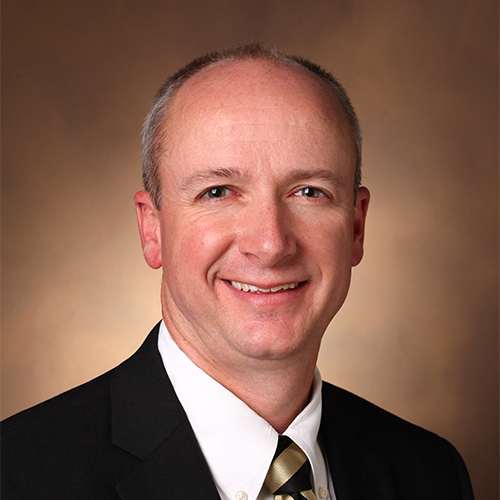Robert “Warne” Fitch, M.D., and his colleagues on the SEC medical task force have shouldered a sobering task: protecting players from COVID-19, a danger addressed nowhere in the sports medicine playbook.
Fitch says he felt personally compelled to help design an evidence-based strategy to enable athletes to play safely. “You don’t get to be a college athlete very long,” Fitch said. “If it’s important to the student athletes to play, and if we can feasibly do it, it should be important enough for us to try to figure out how to do it safely.”
“If it’s important to the student athletes to play, and if we can feasibly do it, it should be important enough for us to try to figure out how to do it safely.”
Following campus closures, an SEC task force convened to begin developing protocols. Fitch says members started with a shared understanding that an unfolding pandemic calls for a new level of SEC cooperation, with continuous real-time assessments. Results of their work include standardized COVID-19 testing now in place across the SEC.
“We really focused on how we can be as safe as possible and have some consistency among teams and schools,” Fitch said. “Each school is in a different state and city with different infection rates. There are different resources readily available at each school, so how do we make it fair?”
Huddling at Vanderbilt
Vanderbilt’s own sports leadership started meeting in March. They knew if they were going to have an upcoming season for football and other fall sports, athletes would need to return to campus as early as June to acclimate, train and be evaluated for safety.
“Working closely with experts from our state and local health department and with infectious disease experts here at Vanderbilt, we started off simple, bringing back a small group at a time,” Fitch said.
Preparations involved identifying everywhere that athletes would be at risk. Locker and training rooms were spaced for safety. Firm rules were established for players, Fitch says. Alongside mask requirements and social distancing, anyone found meeting with people outside of the team “bubble” faced potential disciplinary actions.
Elements of the SEC Strategy
The SEC assembled a medical task force in April. Fourteen representatives from the schools began meeting two to three times a week, remotely, with the SEC office to review COVID-19 strategies. The task force includes team physicians, infectious disease specialists, athletic trainers and a dean of public health.
“One of the key things was getting an independent contractor to do our testing across the board, so we all got guaranteed results at a certhttp://a.espncdn.com/sec/media/2020/SEC%20Task%20Force%20Recommendations%20Winter.pdfain time,” Fitch said. “We categorized the sports into low-, medium- and high-risk categories, with the athletes in the higher-rated sports tested three times a week. Every athlete has a test within 72 hours before play – that’s an SEC mandate.”
In late summer, concerns about COVID-19-associated myocarditis risk for young people began looming. Each conference developed a mandatory cardiac testing requirement that included laboratory tests, EKGs, and echocardiograms, to be completed before an athlete was cleared to return to play.
“At a place like Vanderbilt, we were able to meet with world-class cardiologists who helped us further study the prevalence and minimize the risk in Vanderbilt athletes through cardiac MRI. That was huge,” Fitch said.
New technology is helping minimize and track the risks of COVID-19 spread during play. SEC players wear KINEXON proximity tracers that measure the cumulative minutes spent within six feet of every other player. These devices have consistently shown that players’ close proximity fall below the CDC’s fifteen-minute danger zone, Fitch said. “We are finding the risks aren’t as much during the game as on the plane or bus or hanging out in the hotel the night before.”
One United Team
Fitch says cooperation among peers within the SEC has bloomed. The typical rivalry among teams seemed dwarfed by the common fight against an existential threat to their programs.
“Day by day, we have to reassess and reevaluate.”
“Players may be quarantined, they may miss games. If everyone understands that is the way it needs to be, we can try and have this season, as well as the upcoming seasons for other sports. That’s how we’ve been moving forward,” he said. “Day by day, we have to reassess and reevaluate what we know and what the current risks are, and how to keep it safe to play.”





